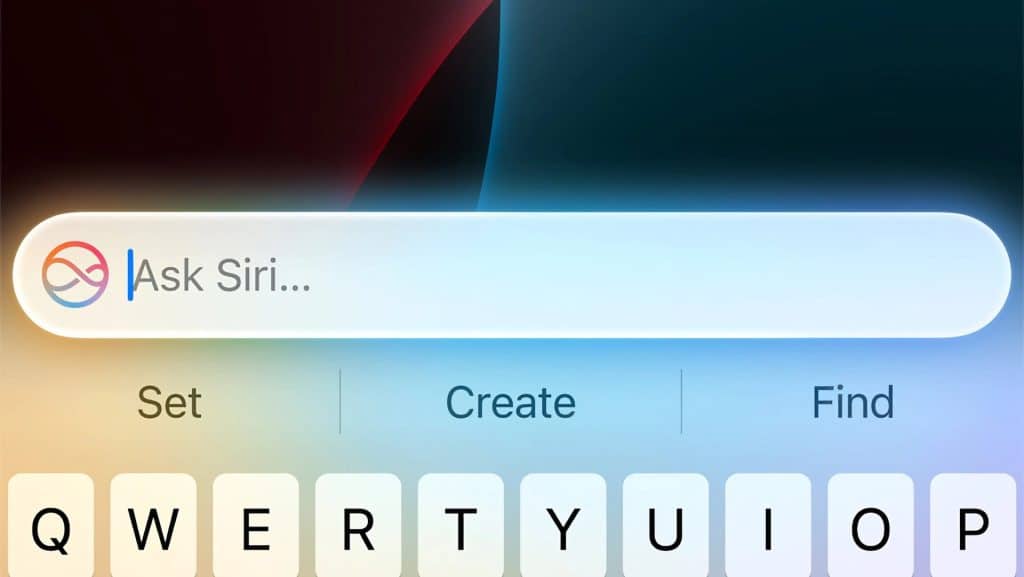The company has made it possible for third-party security researchers to independently verify these protections.
Apple’s approach to safeguarding personal data in its AI features involves three stages. First, it processes as much data as possible on-device, avoiding external servers. When external processing is necessary, Apple uses its own servers. If those can’t handle the task, users are asked for permission to use ChatGPT.
Apple’s AI Servers: Five Privacy Protections
When Apple’s servers are used, they employ Private Cloud Compute (PCC), a system with five key safeguards:
- End-to-End Encryption: Personal data sent to PCC is encrypted, ensuring that not even Apple can access it. Moreover, Apple uses “stateless computation”, which means that once processing is complete, personal data is immediately wiped from the system.
- Technological Guarantees: Apple’s technology is designed to prevent any potential leakage of personal data, avoiding certain load-balancing and troubleshooting technologies that might otherwise capture user data. This can be independently verified by security researchers.
- No Privileged Runtime Access: PCC lacks the capability for on-site engineers to escalate their privileges or bypass protections to resolve issues, closing a common security loophole.
- No Targetability: Even if an attacker gained physical access to a PCC facility, they would not be able to target an individual user’s data due to the technical design of the system.
- Verifiable Transparency: Apple goes beyond these measures by making software images of every production build of PCC publicly available for independent security research. This includes all relevant software components, such as the OS, applications, sepOS firmware, and the iBoot bootloader, in plaintext.
This extraordinary step allows researchers to verify Apple’s claims and examine the software in detail. Apple’s security blog offers further details, which security researchers are likely to explore in depth.
